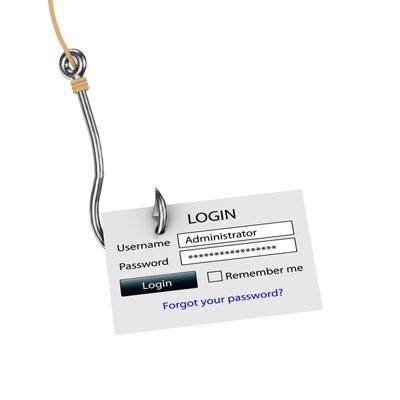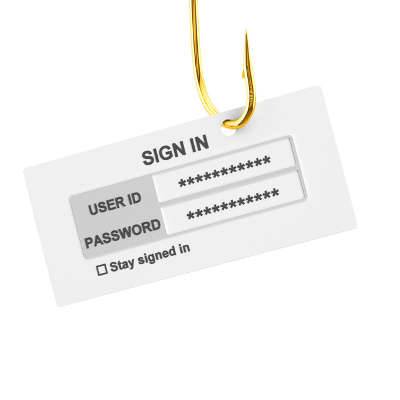Chances are you've heard the term “hacker” before. A favorite character trope of Hollywood films and television dramas, these cybercriminals have appeared in movies like Die Hard and shows like Mr. Robot with varying degrees of accuracy. Let's examine what the term 'hacker' means and the different kinds of them that lurk in the real world.
Macro Systems Blog
Cryptocurrencies are one of the most popular uses of blockchain technology; although their values seem to have decreased a little since the volatile growth they experienced a few months ago, that has not stopped people from seeking them out. Naturally, where there’s money to be made, there's going to be cybercriminals nearby.
One of the latest vulnerabilities in open-source software can be found in 7zip, a file archiver and decompresser. 7zip has been found to have several security vulnerabilities which have software developers rushing to fix their products. The damage done extends far beyond 7zip, reaching both people who use 7zip itself, and developers who have used the technology in the creation of their own tools and software.
One of the most popular methods of online hacking attacks involves what’s called a brute force attack. This is when a hacker overwhelms a login system with multiple attempts until the hacker is able to log in and access the system. They are dangerous attacks that could expose not just sensitive information, but also leave you vulnerable to ongoing hacks.
Let’s say that you’re walking down the hallway of your office when you bypass a team member from accounting. They tell you that the wire transfer you requested has been completed successfully, but you don’t remember ever asking for such a thing. You take a look through your books and see that a ton of money was sent to some random stranger who took on your identity.
There’s no question about it; hackers make things difficult for businesses of all industries and sizes. They go out of their way to steal data and turn a profit off of it, as well as misrepresent organizations and individuals. The business environment is chaotic enough without hackers mucking everything up. However, the recent hacking attacks behind the group Anonymous have evolved the persona of the typical hacker into something very different.
Tomorrow is the big day--the day when the American people cast their votes for the next President of the United States. While there may still be a few undecided voters out there, something that they may not be considering includes the machines that they will be using to cast their ballots. It turns out that there may be a major problem with some voting systems in the form of weak cyber security.
Hackers are always trying to come up with new ways to steal or corrupt sensitive data. If you don’t take the opportunity to protect your systems, you could be staring down a major data loss incident or security discrepancy. Here are five ways that you can protect your business’s infrastructure from hackers waiting to steal your data.
It’s safe to say that hacking is a frowned-upon practice, but that hasn’t stopped cyber criminals from attempting to turn a profit off of it. This practice has led them to target nonconventional organizations, including hospitals and other healthcare facilities. However, just because a hacker can target a hospital, does this mean that they should? This is a topic of some debate amongst hackers, whom, believe it or not, actually do have some sort of ethical standards.
There are many types of online threats that the average business owner needs to understand and be prepared for. The problem here is that no two threats are alike, and they all perform different functions. One thing that all threats have in common is that they want to disrupt your operations in any way possible. To help you better prepare your organization for these threats, we’ll discuss a particularly dangerous malware: the rootkit hack.
Cybercriminals are constantly looking for new and creative methods to steal data and information from businesses. While spam has been around for a while, phishing emails have increased in popularity because they are more effective at achieving the desired endgame. How can you ensure that phishing scams don’t harm your business in the future?
The 2016 United States presidential election was an ugly one for several reasons, including the accusation that hacked voting machines could have altered the outcome of the election significantly. Fortunately, there are steps being taken to alleviate the worries that third parties might alter the outcome of such important events.
Is your business prepared to handle all kind of online threats? A recent study shows that it probably isn’t. According to the think tank Ponemon Institute, four out of five businesses don’t have the infrastructure or security experts they need to spot and prevent incoming cyber attacks from succeeding. This is a significant statistic that can’t be ignored, especially if you want to secure your business.
If you ever question why your business needs to take advantage of network security and all of its components, consider this fact: the average cost of data breaches, worldwide, has increased by 29 percent since 2013. Believe it or not, the average cost per data breach is now an astounding $4 million! Now, we’ll ask you again; can your business afford to deal with a data breach or data loss disaster?























